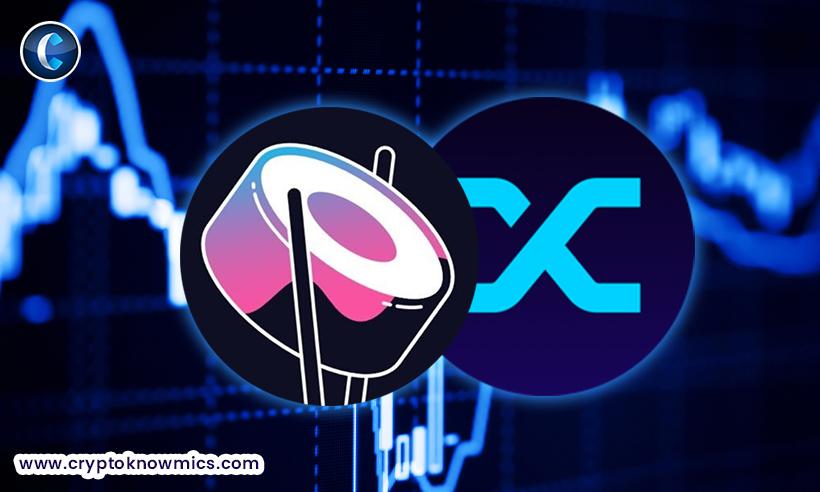Aug 5, 2021
SushiSwap (SUSHI) and Synthetix (SNX) Technical Analysis: What to Expect?
.
Disclaimer: The views and opinions expressed in this article are for informational purposes only and do not constitute financial, investment, or other advice. Investing in or trading crypto assets comes with a risk of financial loss.
Dalmas has been passionate about the blockchain and crypto space ever since he’s heard about it. As someone who’s been closely following the trends in the crypto space, Dalmas is excited about what lies ahead in this niche and is all set to explore it. While he’s been advocating crypto adoption for a number of years, he’s himself a HODLer, which makes his voice authoritative and credible.
